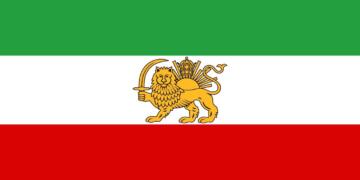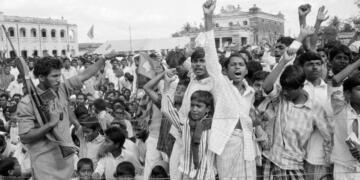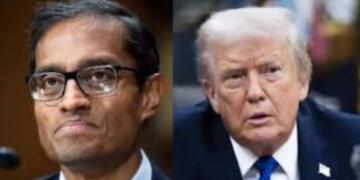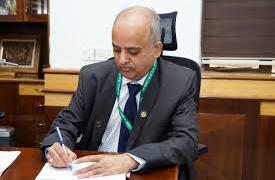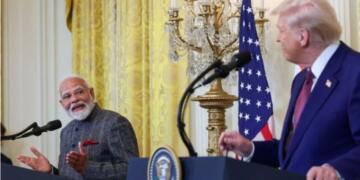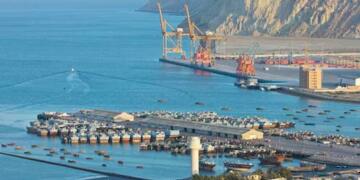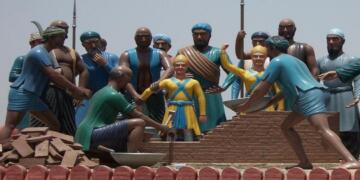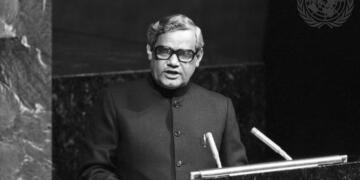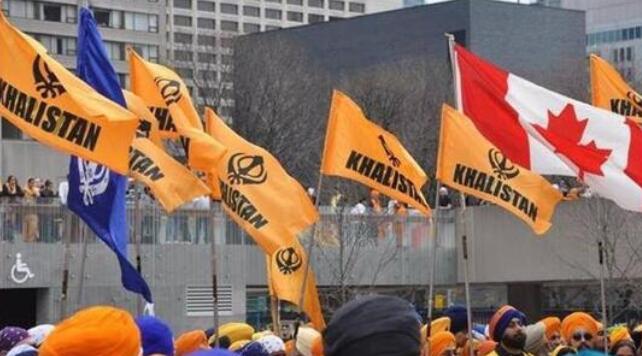As Prime Minister Narendra Modi heads to Canada for the G7 Summit, new threats from Khalistani extremists have raised security concerns. Enhanced protective measures are in place, and Indian and Canadian officials are coordinating closely to ensure the Prime Minister’s safety.
However, these threats highlight a larger issue. Canada’s growing role as a hub for pro-Khalistan activities, which continues to strain relations between the two countries.
What Is the Khalistan Movement?
The Khalistan movement calls for a separate Sikh state in India’s Punjab region. Although it lost momentum in India after a period of violent conflict in the 1980s and early ’90s, it has gained renewed energy abroad, particularly in countries with large Sikh diasporas like Canada, the UK, and Australia.
In Canada, a vocal minority has pushed this separatist agenda through protests, propaganda, and at times, threats of violence. While most Canadian Sikhs do not support Khalistan, some radical factions remain active.
Why Canada Is Involved?
Canada is home to one of the largest Sikh populations outside India, many of whom immigrated after the 1984 anti-Sikh riots. Some among them continue to hold historical grievances.
India has repeatedly raised concerns that Canada is providing a safe haven to groups it has banned domestically, such as the Khalistan Tiger Force and Babbar Khalsa. These groups are believed to operate from Canada, leveraging its free speech protections to promote separatist and sometimes violent rhetoric.
Why the Current Threat Is Serious?
Recent threats against PM Modi are part of a larger trend. Over the past year:
Posters promoting violence against Indian diplomats have appeared in Canadian cities.
Hindu temples were vandalized with Khalistani slogans.
Rallies featured militant imagery and rhetoric demanding “justice” for Khalistan.
These incidents have led Indian officials to call for more decisive action from Canada. Tensions escalated in 2023 when Canadian PM Justin Trudeau alleged Indian involvement in the death of a Canadian Sikh separatist leader claims India firmly denied, leading to a diplomatic fallout.
The Broader Diplomatic Struggle
The issue goes beyond one summit. While both countries support democratic values and freedom of expression, India argues that incitement to violence should not be protected. Canada insists it opposes all forms of extremism but has been cautious in its response, possibly due to domestic political considerations.
What Lies Ahead?
Ensuring PM Modi’s safety at the G7 is just the beginning. Long-term solutions are needed, including:
Canada strengthening oversight of extremist groups operating from its territory.
Finding common ground on balancing free speech with security.
Learning from how other democracies handle internal separatist movements.
Conclusion
The recent Khalistan-linked threats are a symptom of deeper diplomatic tensions between India and Canada. Unless stronger measures are taken to control radical elements, this issue will continue to disrupt their relationship.
India will likely keep up the pressure, while Canada must decide how to balance civil liberties with preventing extremist exploitation of its laws.


